One thing that separates Super Smash Bros. from other fighting games is the fact that you have to knock an opponent off a stage to get a knock-out. This makes it crucial to get a firm grasp on the physical space in a match as well as your relationship to an opponent. Key to doing so is a process known as “zoning.”
Corey “False” Shin, who previously made a great primer on the “neutral game” in Smash, came back today with another tutorial video the covers zoning in the new Super Smash Bros.
You can watch the whole thing here. Like his earlier work, it’s remarkably well-edited and crams a ton of useful information into less than two-and-a-half minutes. I had to watch it roughly a dozen times to properly unpack everything that’s going on:
What is zoning, exactly? Shin defines it in the video as: “The utilization of spacing your character, hitboxes, and potential hitboxes to limit the options of your opponent to create pressure.”
Hmm, ok. That’s pretty jargon-heavy for a definition, so let’s see if we can start with something more basic.
That’s trickier than one might expect, because you’ll get a different answer depending on who you ask or where you look. But they all touch on a common theme of measuring the physical reach of your and your opponent’s moves on the fly, and using that to your advantage during a match. Here are two more fundamental definitions of zoning and the related action “spacing” from an excellent guide by Berathen:
Spacing is when you move your character or place your attacks in ways that keep your character safe.
Zoning is when you use your attacks, or threat of attacks, to limit your opponent’s spacing options.
Sometimes “zoning” and “spacing” are used to refer to specific actions or types of behaviour in Smash. Shin is sort of putting the two together and thus using “zoning” to refer to defensive and anticipatory measures. The reason to zone is to either keep an opponent at a safe distance, or control the ways they reach you.
Speaking generally, then, the core idea behind both zoning and spacing, and the reason they’re so important to competitive Smash players, is to always be evaluating the offensive and defensive options available to yourself and your opponent at any given moment. This allows you to better anticipate what an opponent is going to do next — what Smash players often refer to as “reading.” And once you have a good picture of that, you can better defend yourself against an attack or avoid it entirely. Or better yet, find an opening to go on the offensive yourself.
That might sound like standard stuff fare for a fighting game. And it certainly is, on one level. But I’d also argue that zoning is a different process in Smash Bros. because of the way that the terrain and K.O. requirements bring a unique sort of nuance to it.
Zoning capabilities vary depending on the size, speed, and range of a particular Smash character. Let’s look at some specific examples from Shin’s video to illustrate how different fighters can best approach zoning.
In a match-up between Falco and Zero Suit Samus, for instance, Shin shows how the player fighting with Samus could use zoning to remain just out of range of an incoming attack, illustrated by the coloured area on the stage:
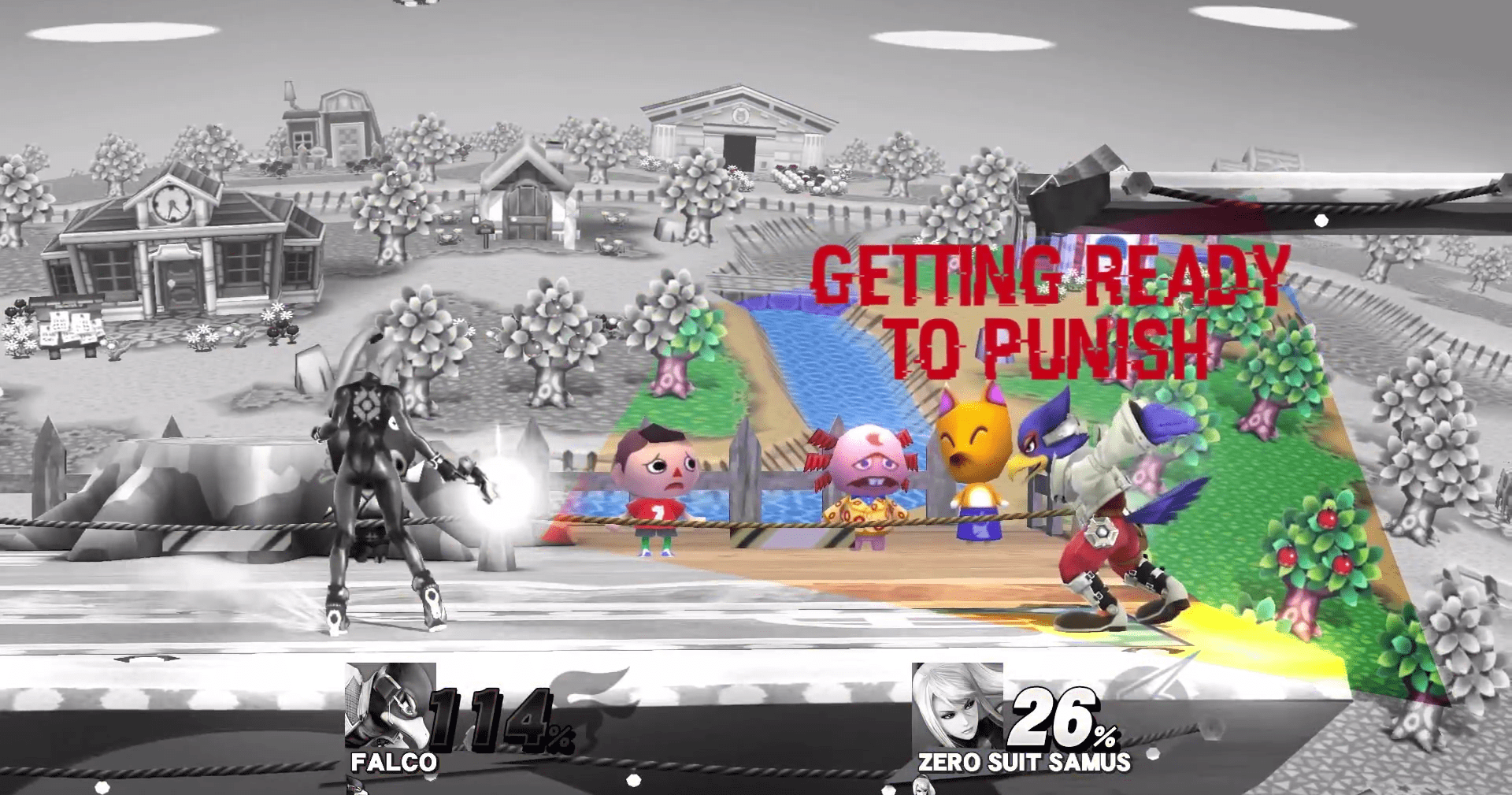
Falco is all the way on the left side of the stage here, so his options are either to lunge straight at Samus or leaping overhead. By shooting at the ground, Samus is able to protect herself (somewhat) from the first option. The second one, meanwhile, would leave Falco open to any number of attacks. So what’s a feathery fella to do?
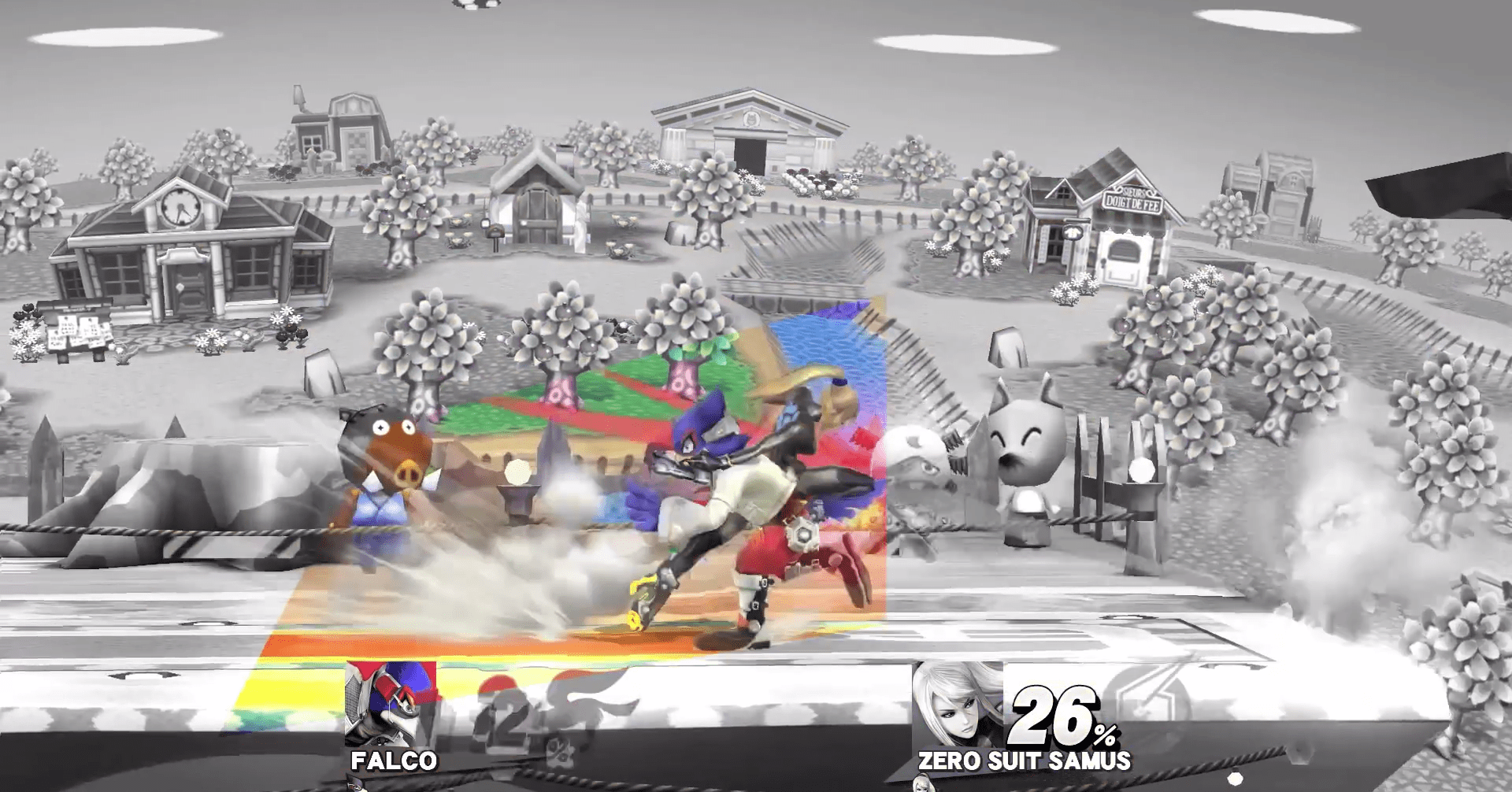
Falco lunges. Since Samus has a solid read on her opponent at that point, she knows what to do next. She uses a dash attack, and sends Falco flying.
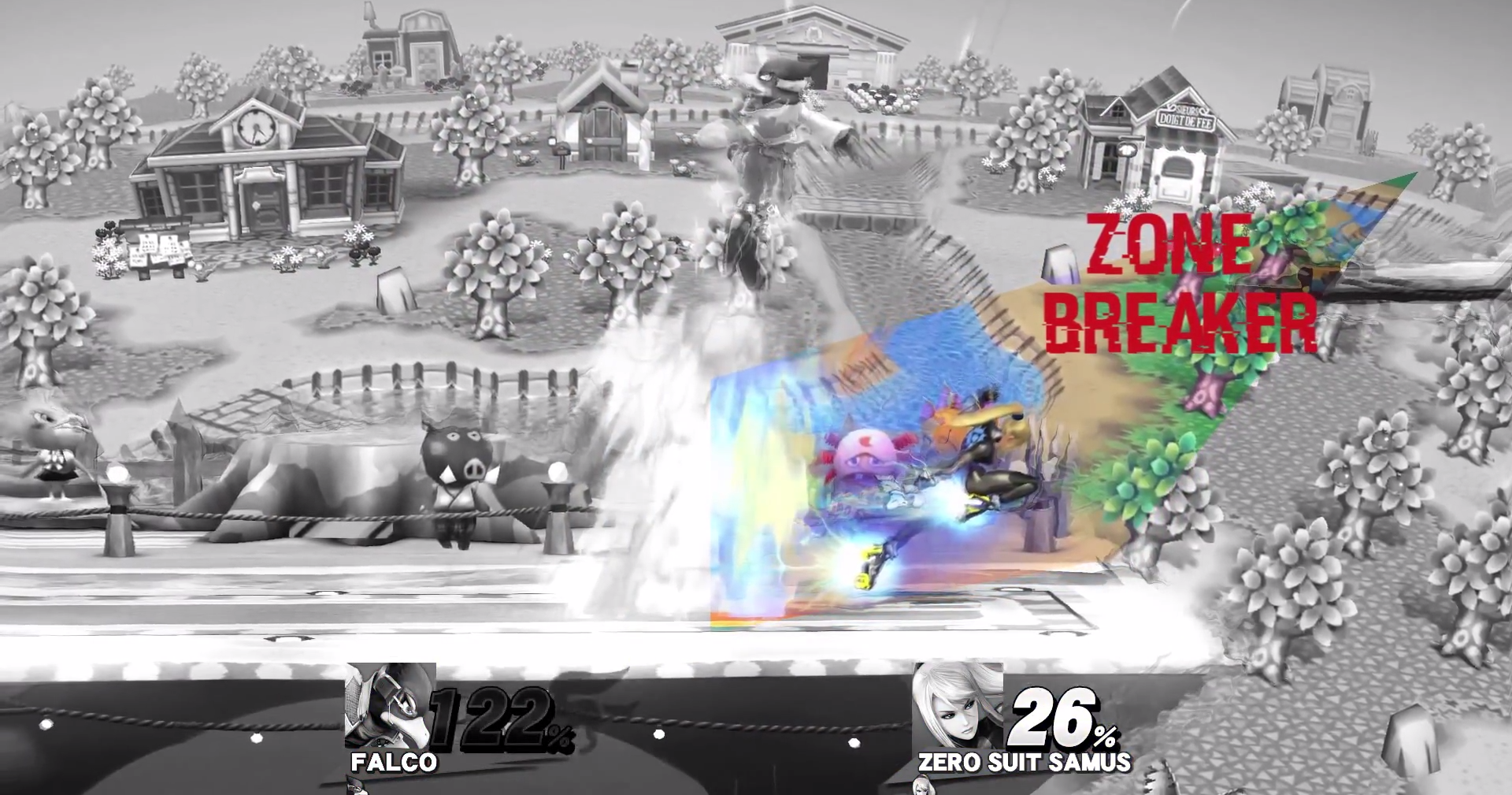
Shin explains that moves like this, which are “designed to beat out reaction time,” are known as “zone breakers.”
Speedy characters are especially tough to zone for opponents since they can jump on and around a stage so quickly, Shin explains. But they often also rely on zone-breakers to deal any serious damage, particularly if most of their moves don’t have great reach (I’m looking at you, Pikachu).
Characters with solid ranged attacks, meanwhile, can do something called “brick-walling” to shut out an opponent from a healthy distance. Shin uses Rosalina and Luma to illustrate this. Since Luma offers a wonky body-double (which is a big part of why she’s a top-tier character), the chubby little star-shaped creature can block out an opponent’s attacks from all the way over on the other side of a stage.
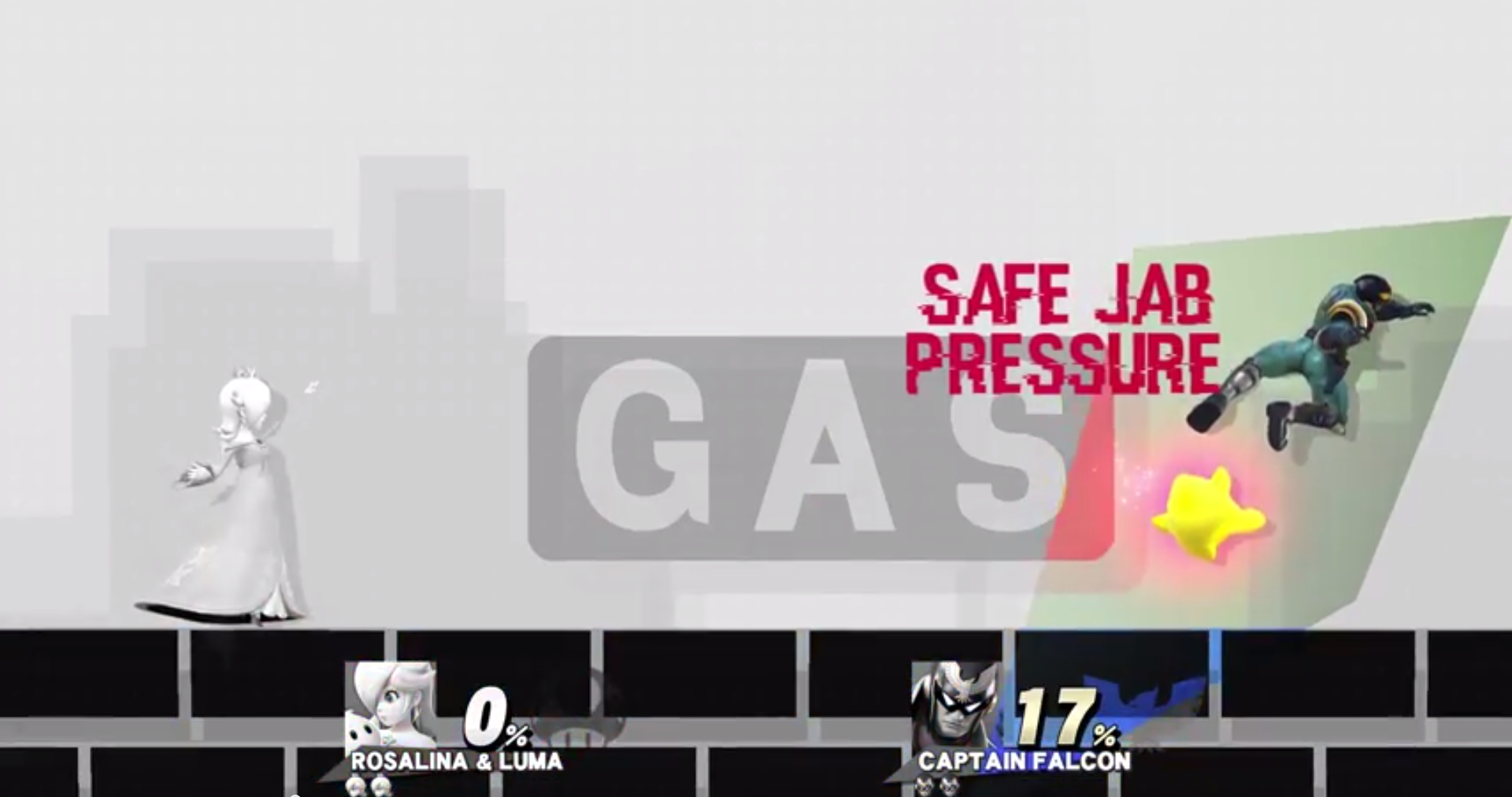
Just look at Falcon over there! He must be seething right now.
In another matchup, Shin shows how two characters with dramatically different abilities and attack ranges could square off against each other. Characters like Marth and Lucina have a longer reach than Captain Falcon thanks to their swords, so they’re best served swiping at Falcon from a comfortable distance and only going in for grabs or powerful combos when an opponent like that is already disoriented.
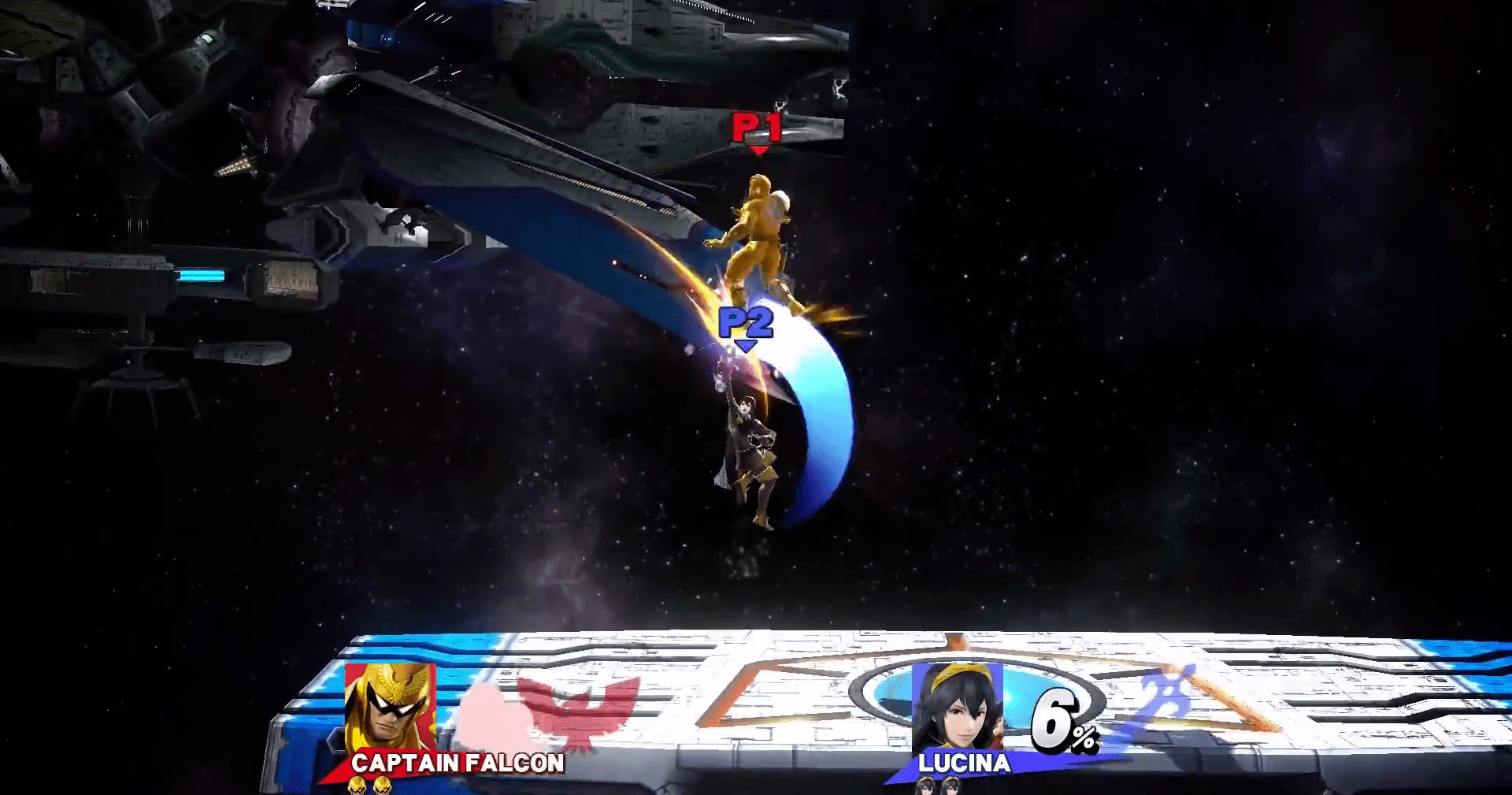
Captain Falcon is at his most deadly when he’s up close and personal, meanwhile. A skilled Marth or Lucina player, therefore, could take Falcon to school by never letting him get close enough to pull some punches.
If the Captain can keep a safe distance, though, he can wait for Marth to stumble — even for just a second. Then, Falcon goes in for the kill:
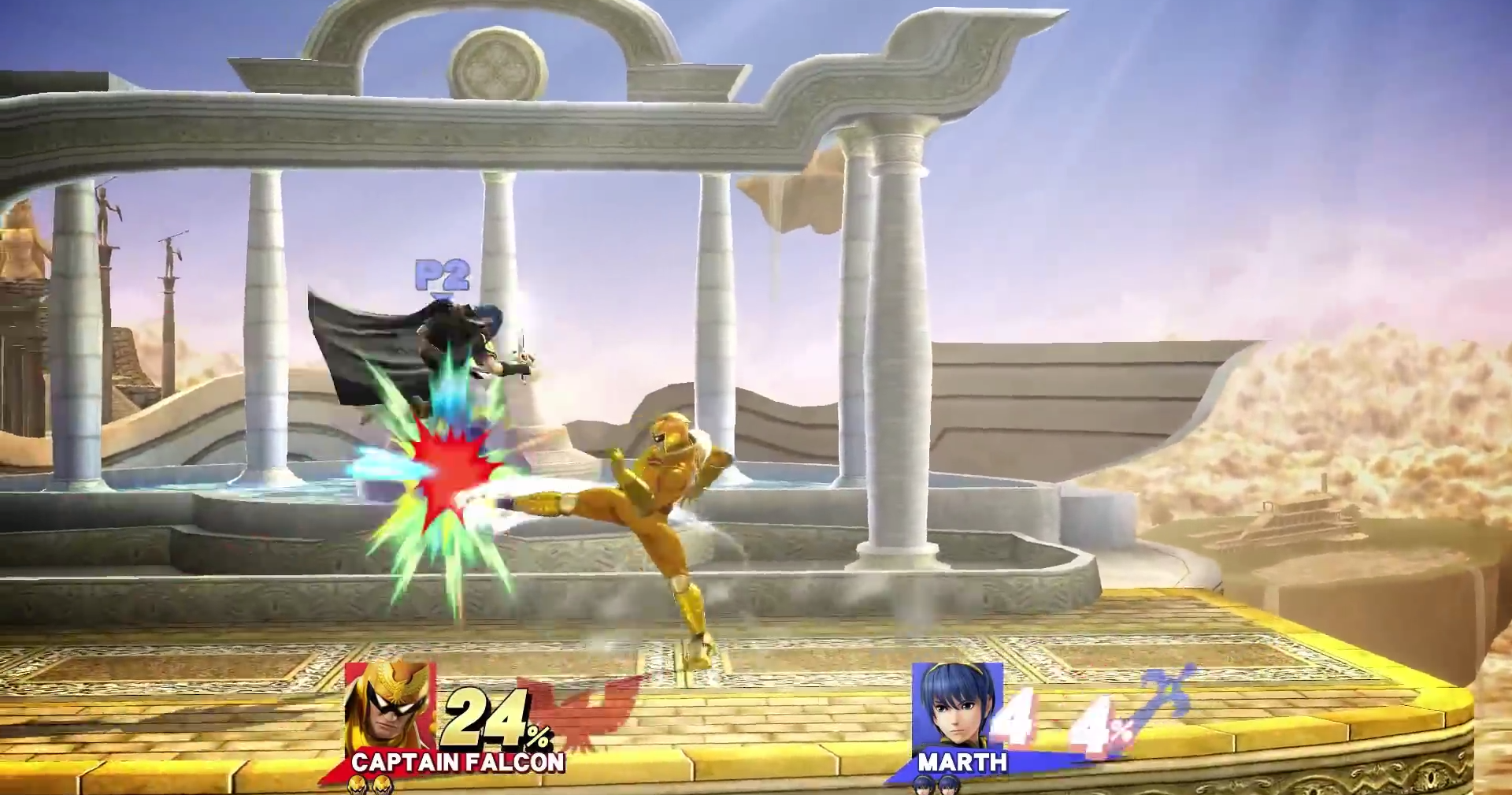
And if the Falcon player keeps up his forward momentum?
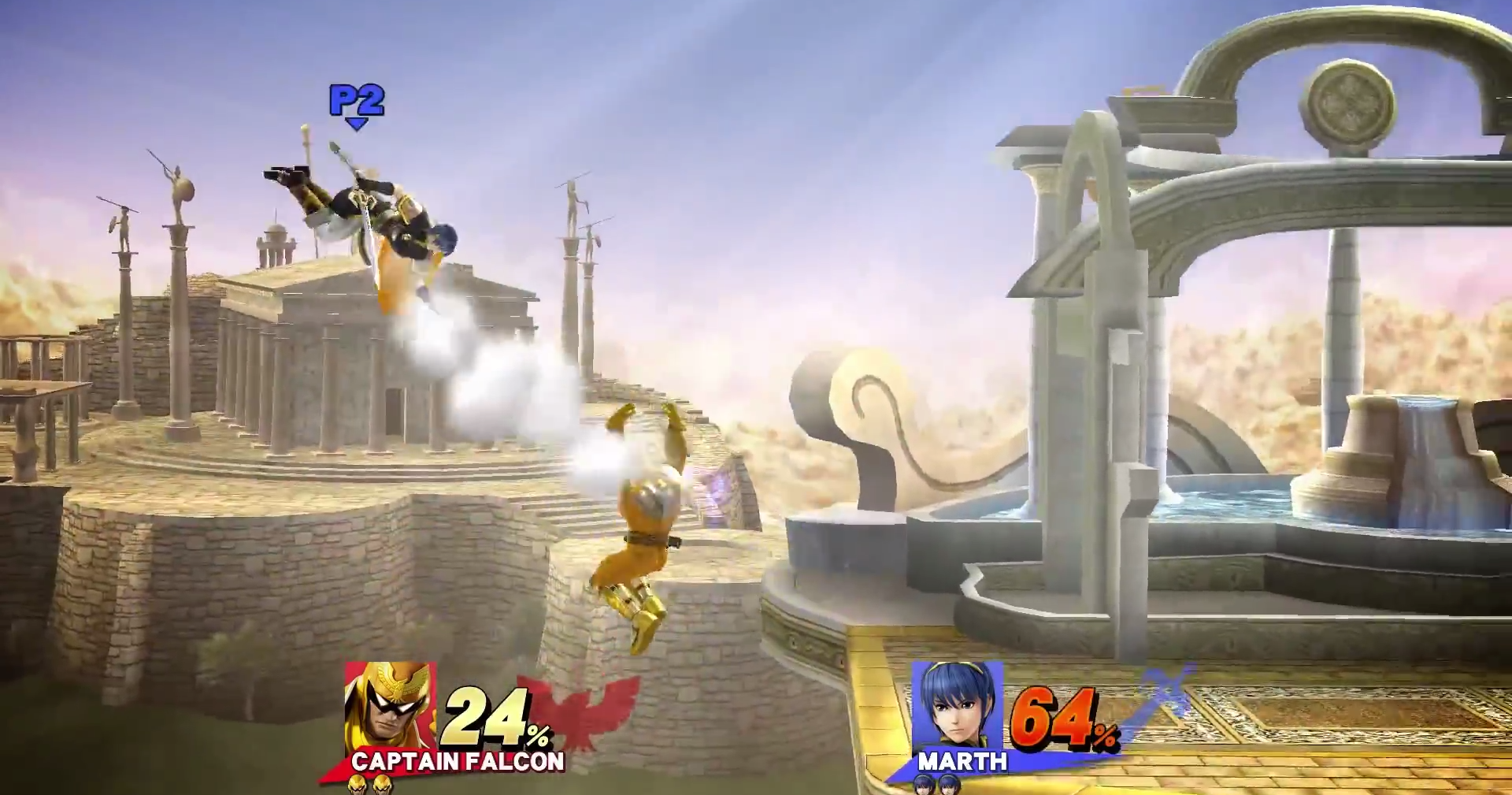
Well, it’s curtains for Marth then.
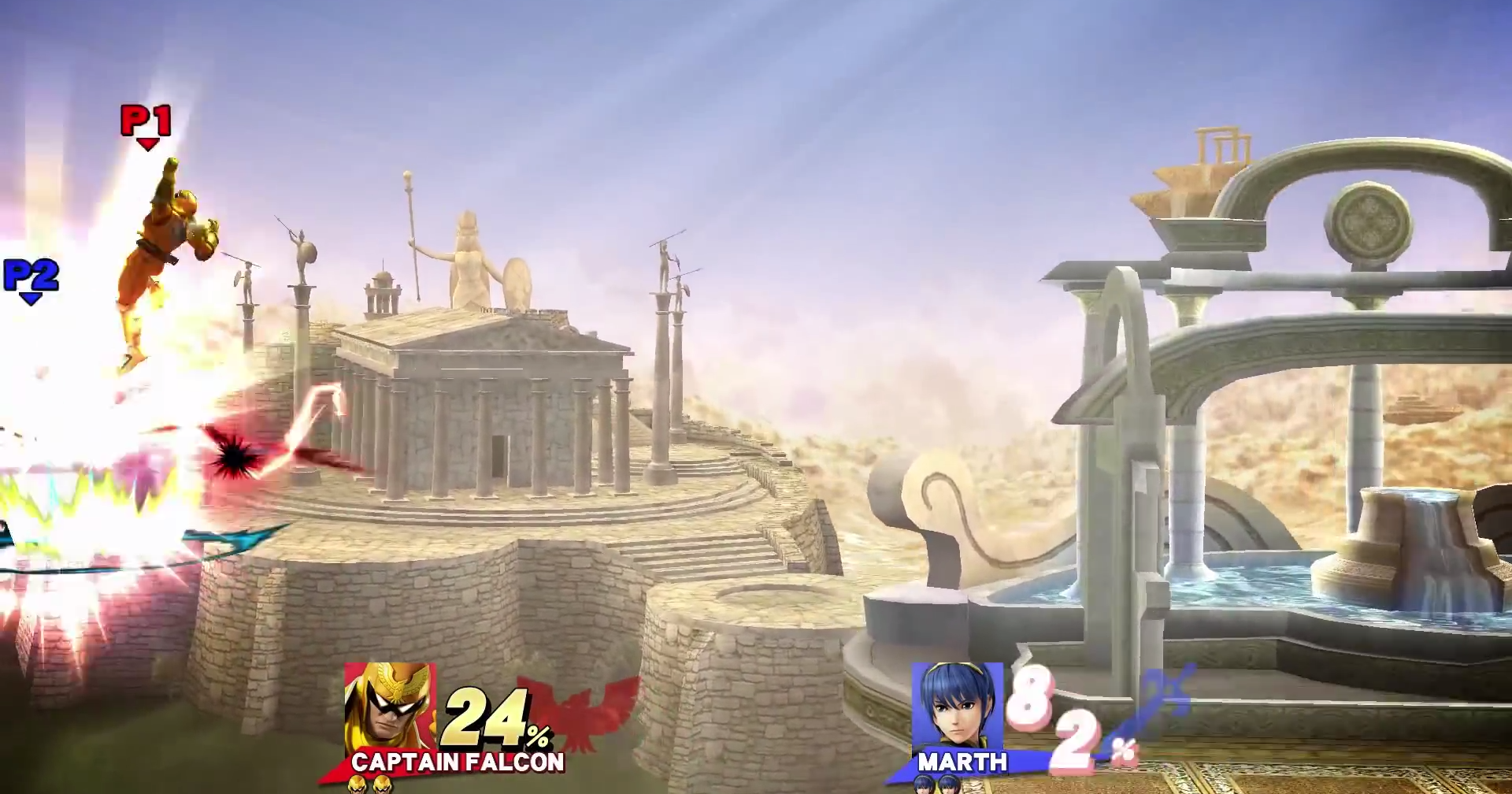
I like to imagine that Captain Falcon was chanting “NO FLEX ZONE” to himself when he discovered an opening and took full advantage of it.
Watch Shin’s first video on the neutral game in Smash here.
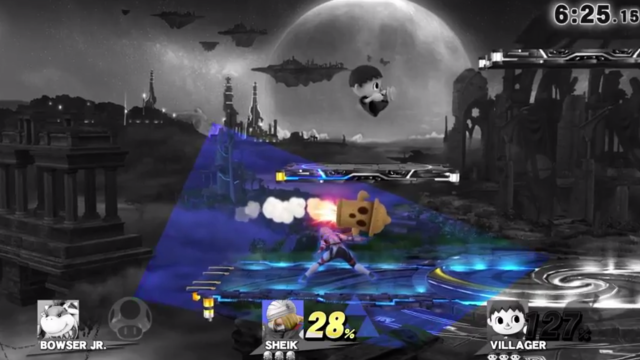
Comments